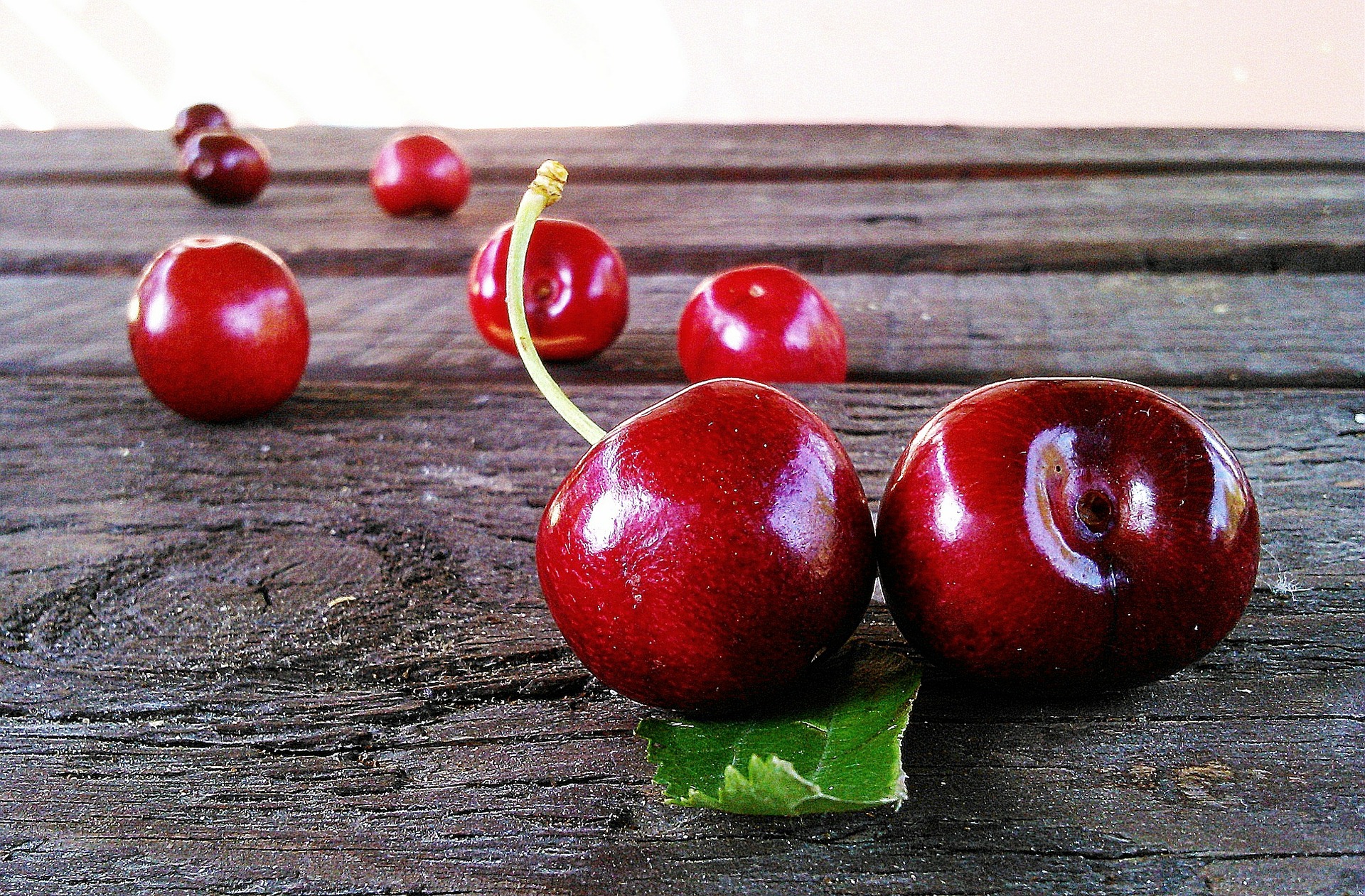 Fruits and vegetables contain may phytochemicals that have been shown to have beneficial effects on physiological function. Studies have investigated the components within fruits and vegetables that could be beneficial. Many of these chemicals fall into the polyphenols group, which is a large heterogeneous group of phytochemicals that includes the flavonoids. Montmorency tart cherries (Prunus cerasus L.) contain a number of phytochemical nutrients and are high in flavonoids including s isorhamnetin, kaempferol, quercetin, catechin, epicatechin, procyanidins, and anthocyanins. Tart cherries are evidenced to have anti-inflammatory effects, and this may relate to the high content of flavonoids. In addition, tart cherries may be able to lower blood pressure, and this likely also related to the presence of flavonoids. Flavonoids can aid blood pressure loss through their ability to prevent the destruction of nitric oxide synthase in blood vessels, nitric oxide, being a potent vasodilatory factor.
Fruits and vegetables contain may phytochemicals that have been shown to have beneficial effects on physiological function. Studies have investigated the components within fruits and vegetables that could be beneficial. Many of these chemicals fall into the polyphenols group, which is a large heterogeneous group of phytochemicals that includes the flavonoids. Montmorency tart cherries (Prunus cerasus L.) contain a number of phytochemical nutrients and are high in flavonoids including s isorhamnetin, kaempferol, quercetin, catechin, epicatechin, procyanidins, and anthocyanins. Tart cherries are evidenced to have anti-inflammatory effects, and this may relate to the high content of flavonoids. In addition, tart cherries may be able to lower blood pressure, and this likely also related to the presence of flavonoids. Flavonoids can aid blood pressure loss through their ability to prevent the destruction of nitric oxide synthase in blood vessels, nitric oxide, being a potent vasodilatory factor.

Tart cherries contain flavonoids that are metabolised to phenolic acids in the gut. These phenolic acids can then be absorbed. Once in the circulation, phenolic acids may act as antioxidants, and this may produce anti-inflammatory and blood pressure lowering effects. Other fruits and vegetables rich in flavonoids may also have a similar effect on blood pressure.
Cherries may well therefore be a possible cardioprotective food. In one placebo controlled study, 60 mL of tart cherry concentrate were fed every day for 14 days to a group of hypertensive men that had systolic blood pressure over 130 mmHg, or diastolic blood pressure over 80 mmHg, or both. The group receiving the tart cherry concentrate experienced a significant lowering of systolic blood pressure over a 3 hour postprandial period. These changes were closely linked to rises in blood levels of protocatechuic and vanillic acid at 1 to 2 hours postprandially. Both protocatechuic and vanillic acid are phenolic acids, that may be derived from the breakdown of polyphenols in the gut. They are synthesised in the colon by microorganism and are then absorbed. This may explain the blood pressure lowering effects of tart cherries and other fruits and vegetables high in flavonoids. Eating a mixed diet of fruits and vegetables rich in flavonoids may therefore have cardioprotective effects.
Eat well, stay healthy, protect yourself
RdB
